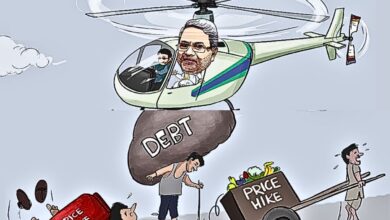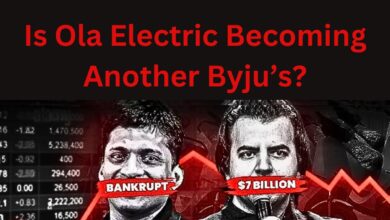New York State officials reach a deal to legalize recreational marijuana building the base for a potential $4.2 billion industry

Well, this piece of information is going to sound like a breaking news to a lot of sections of people out there, be it economists, advocated, traders or general public, I know all of you have your eyes widened. After years of pressure from advocates and activists, recreational Marijuana has been lawfully legalised by the state officials of New York. The deal was finalised later in the third week of March after the officials successfully paved the way for a potential USD 4.2 billion industry. Yes, we’ll talk about where this figure comes from but before that note that the industry has the potential to create tens of thousands of job opportunities and could very easily be one of the biggest markets in the United States of America (USA) under the presidentship of Joe Biden.
Total cannabis market size in New York supported by residents, tourists and commuters is estimated to be $4.6 billion or 747,000 pounds, of flower equivalent. This includes total current cannabis demand for adults 21 and older, derived from the National Survey on Drug Use and Health (NSDUH), regardless of supply channel. Market size and demand is projected to grow to about $5.8 billion and 1.2 billion pounds in 2027 assuming prevailing trends.
Of course, the deal didn’t come easy as it involved years of failed attempts. However, the deal struck through when the lawmakers of Albany got Governor Andrew M. Courno in an agreement to legalise cannabis. It is to be noted that the legalisation has been made for recreational purposes for adults 21 and older. The reasons for the legalisation range to a lot of different parameters, some more general and some specific. Two key objectives of any cannabis legalization program are to absorb the illicit market for cannabis and to mitigate the adverse effects of the War on Drugs. Speed of market capture hinges on the regulated market offering a more affordable, convenient, and safer product. There could be two possible scenarios in the situation- The baseline scenario, where New York adopts practices similar to Illinois, Colorado, Oregon, Arizona and Massachusetts, allowing current medical cannabis providers to immediately serve the market and unlock early revenue benefits to fund social equity and other regulatory programs. The slow capture scenario requires a slower path to market capture, additional licensing requirements for current producers and the prospect of a license auction for the right to enter the cannabis market.
The New York State board however has sought to fashion their proposal on the basis of best practices from other states, aiming at becoming a model for the country. ROs can play an important role in providing 40 early retail locations and in supplying wholesale product to new retailers. Another important reason for the legalisation comes from the New York state officials’ objective to end years of racially disproportionate policing in the sense that over the past considerable years, the number of black and Hispanic people arrested on charges of low-level marijuana were much more frequent than those of white people. Two key objectives of any cannabis legalization program are to absorb the illicit market for cannabis; and to mitigate the adverse effects of the War on Drugs. Speed of market capture hinges on the regulated market offering a more affordable, convenient, and safer product.
MPG includes two scenarios in this analysis. The baseline scenario, where New York adopts practices similar to Illinois, Colorado, Oregon, Arizona and Massachusetts, allowing current medical cannabis providers to immediately serve the market and unlock early revenue benefits to fund social equity and other regulatory programs. The slow capture scenario requires a slower path to market capture; additional licensing requirements for current producers; and the prospect of a license auction for the right to enter the cannabis market. ROs can play an important role in providing 40 early retail locations and in supplying wholesale product to new retailers.
The said deal allows delivery of the drug and gives permission to lounges or consumption sites where marijuana could be consumed. Note that at these places, alcohol consumption should not be allowed. The agreement also allows individuals to grow at home, indoors or outdoors up to six marijuana plants, the use of which should be limited to personal premises. It is, however, no secret that the implementation and follow up of laws in such cases is a lot harder than general cases. Therefore, take to be granted the fact that the first sale of legal marijuana is more likely about a year or more away. The regulation of the market would include regulation in areas like wholesalers and dispensaries, license allocation to cultivators and retailers, new tax creation and a control board that would have the responsibility to oversee the industry.
The deal however comes with more social good than we talked about as of now, with the millions of dollars of tax revenue to be earned in the industry supposedly going to reinvestment in minority communities each year. If the estimate is to be believed, full-fledged implementation of the program, which could take years from this point, is expected to fetch a tax revenue of about USD 350 million per year. Not only that, a significant portion of the business licences would be reserved for minority business owners. “A percentage of revenue that is raised will get invested into the communities where the people who suffered mass incarceration come from and still live in many cases,” said Assemblywoman Crystal D. Peoples-Stokes, a Democrat who has spearheaded the legalization effort in the lower chamber for years. “For me this is a lot more than about raising revenue: It’s about investing in the lives of the people that have been damaged.”




